Super-effective Lead Magnet Ideas That Still Work (With Examples)
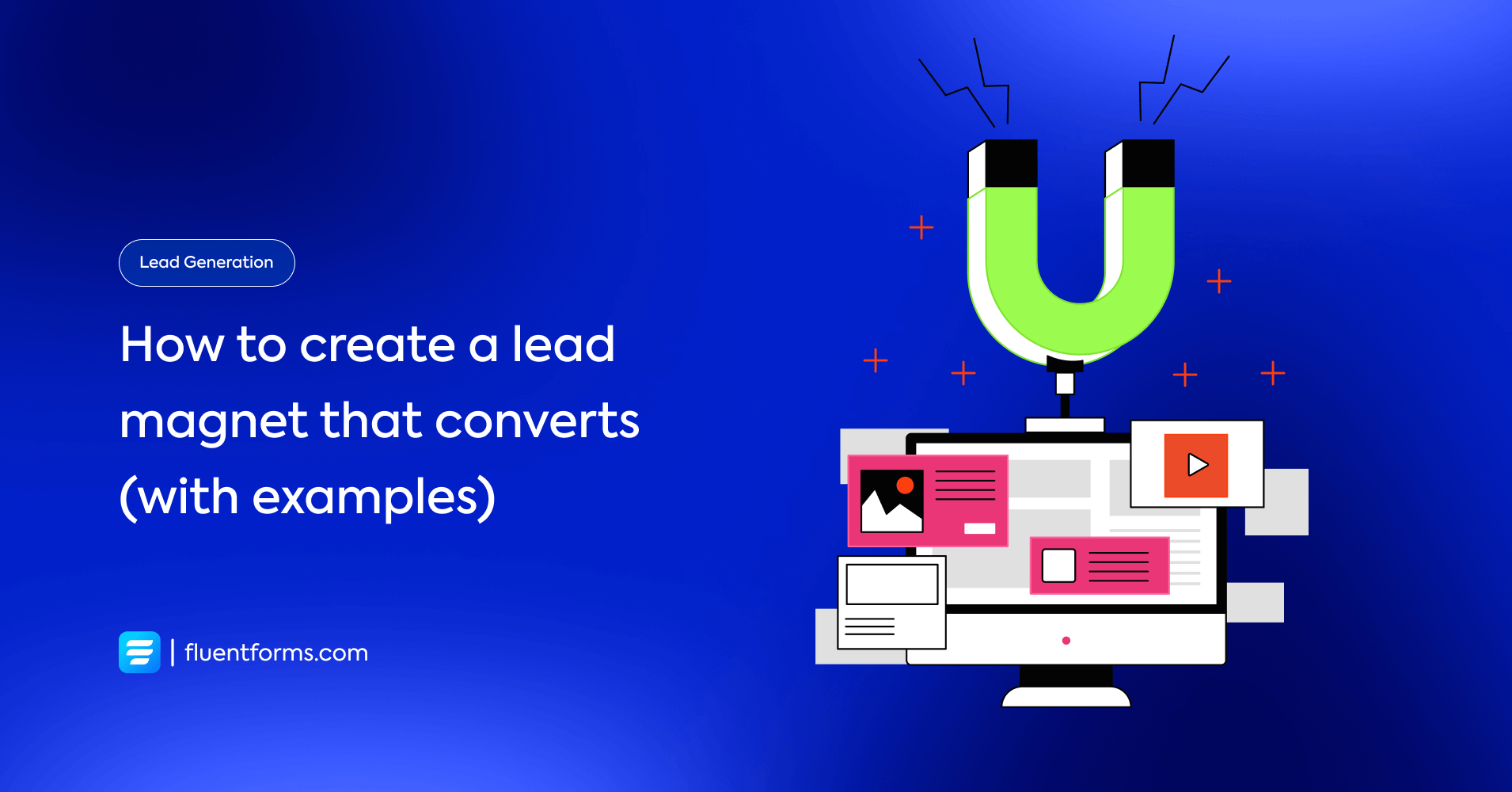
Every business is fighting to generate leads. Attracting leads toward the business is the primary step in getting a paying customer.
Lead magnet is the means to get a prospect’s contact information. Guides, discounts, consultations, templates, etc. can be used as a lead magnet.
However, people are conscious about the quality of the magnet for which they want to exchange their information. That means not all lead magnets work.
This blog will cover all the relevant lead magnet ideas that work perfectly, the strategies to create them, and also some motivations from the industry.
Stay tuned till the end.
What is a lead magnet in marketing?
A lead magnet is a deal, where both customers and companies win. Businesses are eager for new customers or connections. On the other hand, customers are searching for information, deals, education, and many more.
If the customers had to pay for everything else along with the product, they’d feel discouraged. That’s where the lead magnets come into play. In exchange for customer contacts, they are offered exclusive information, deals, educational materials, etc.
These offers are called lead magnets.
5 Features that make a lead magnet great
Not all lead magnets are effective; they must possess specific attributes to truly appeal to leads.
Here are 5 features that make a lead magnet great:
Design: The lead magnets should be easy on the eyes. They should be good-looking but not bombarded with heavy designs. There should not be much confusion about what they are. Also, they have to be easy to use.
Value: A lead magnet should always provide value, no exception. Make it so valuable that people will be willing to pay for it next time.
Relevancy: The lead magnet should solve problems for its specific audience. Like a perfect-fit shoe, it should feel just right for the user.
Accessibility: It should be simple to access and use, and the downloading process shouldn’t feel tedious to the audience.
Specific benefit: Obvious and specific advantages make a lead magnet attractive. People should know what they’re getting in exchange for their information.
10 best lead magnet ideas with examples
1. Consultation
How it works: People often run for suggestions about their business and their pain points. Offering consultations in exchange for information can be a blessing to them.
It gives them a chance to talk about their pain point and get specific suggestions. The valuable insights can build trust, and this engagement can facilitate a long-lasting connection.
How to create: Few things to do when offering ‘Consultation’ as a lead magnet-
- Be prepared to deal with different pain points of your audience.
- Clarify what you will offer. Be specific about the advantages.
- Streamline the booking of the sessions. Using FluentBooking can help a lot.
- Make the sign-up process easy. You can use WordPress contact forms like Fluent Forms to create dynamic user-friendly forms.
- Don’t just leave them after the session. Follow up with emails to an extent.
- The CTA (call to action) should be clear.
Lead type: People actively seeking personalized solutions are the target in this case.
They might be in their consideration stage. They may also have some budget and want to see the market before investing.
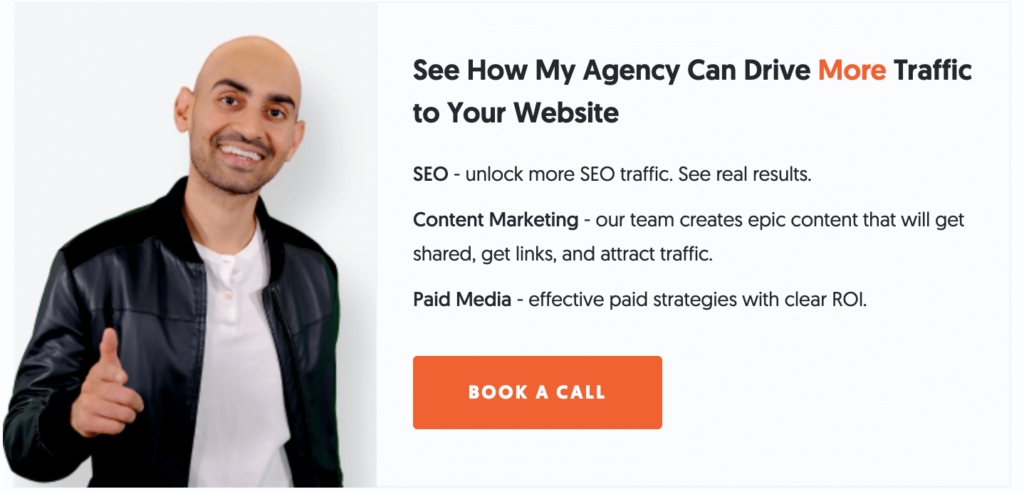
2. Free Tools
How it works: If you’re facing a problem and searching for a solution, wouldn’t it feel nice if it is free? Though we don’t suggest valuable services to be free, one can offer a free tool in the initial stage.
Offering free tools is a great lead magnet. Its ability to provide immediate and tangible value to the users does the magic.
Offering a free tool is not just about providing a solution; it’s an opportunity for companies to showcase their expertise in problem-solving.
The key factors are the tool’s usability and efficiency, which can empower users and build trust in the company’s capabilities.
The user interactions familiarize the users with the brand. It also encourages sharing the tool’s experience within their company or teams if they feel great about it.
How to create: A few things to do when offering ‘Free Tools’ as a lead magnet-
- Identify specific problems that people face.
- Offer straightforward solutions with your tool.
- Make the tool easy to use with an excellent user interface.
- Do not leave users without giving proper support.
- Offer a seamless signup process for new users to use the tool.
Lead type: It’s for users who want to explore solutions without cost. Those who want to try all available options before buying are also on the list.
Some people have doubts before investing and want to check if it will be worth the penny.
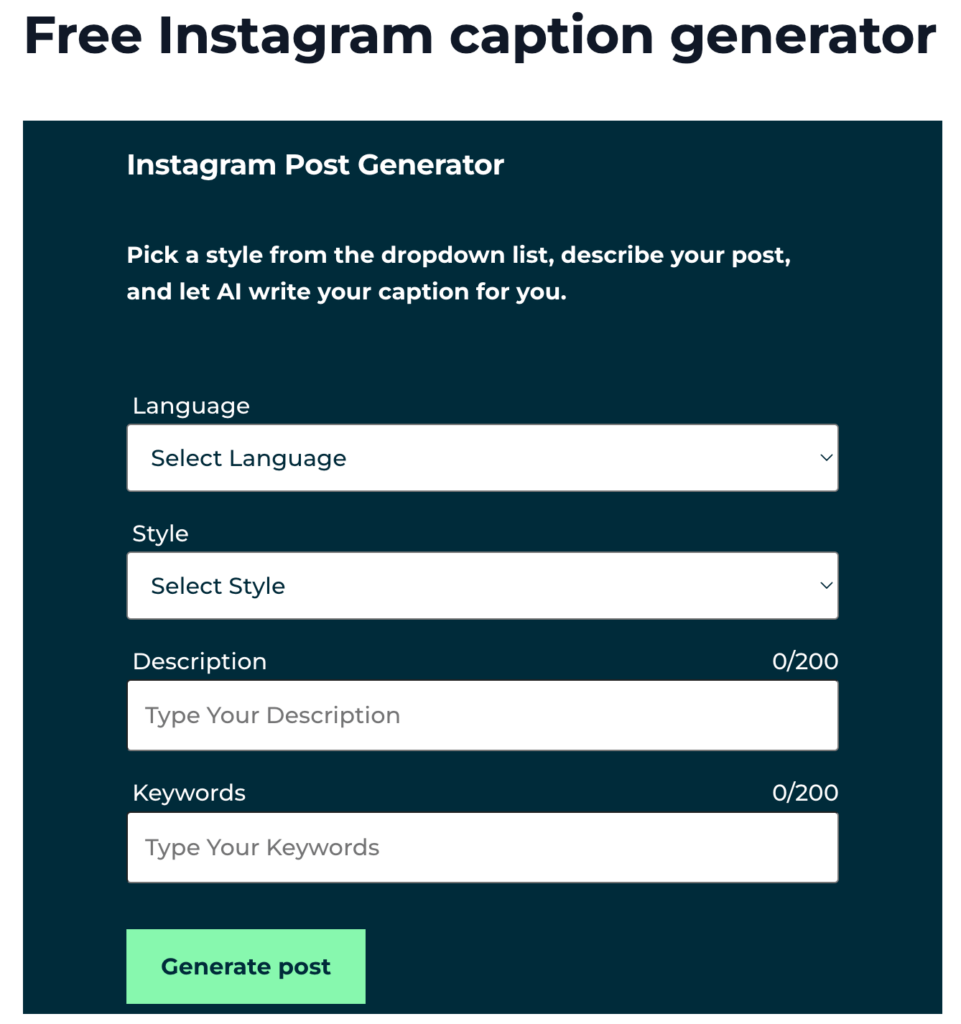
3. Free templates
How it works: Free templates work as great lead magnets because they’re an instantly usable resource. The user can get quick results and see their application.
It’s also a chance for businesses to showcase their quality. Templates are in high demand because they have a variety of use cases. The value they add is instant and tangible.
How to create: To offer free templates in exchange for contact info, you need to do the following:
- Know the specific use cases. Be clear about the template’s purpose and know what to put inside.
- The market is in demand for different types of templates. Design the ones that your target audiences need. For example, marketing plans, contact forms, social media calendars, and project management sheets are some of the high-demand templates.
- Make them visually appealing without overwhelming the user.
- Provide tips and resources to use it to the fullest.
Lead type: In the case of templates, content creators search for them every day. Small business owners who need to get their jobs done are also on the list.
Buyers of the awareness stage might become your target as they’re trying to know how your solutions look. People who are in the consideration stage might have a look at your templates to compare the market.
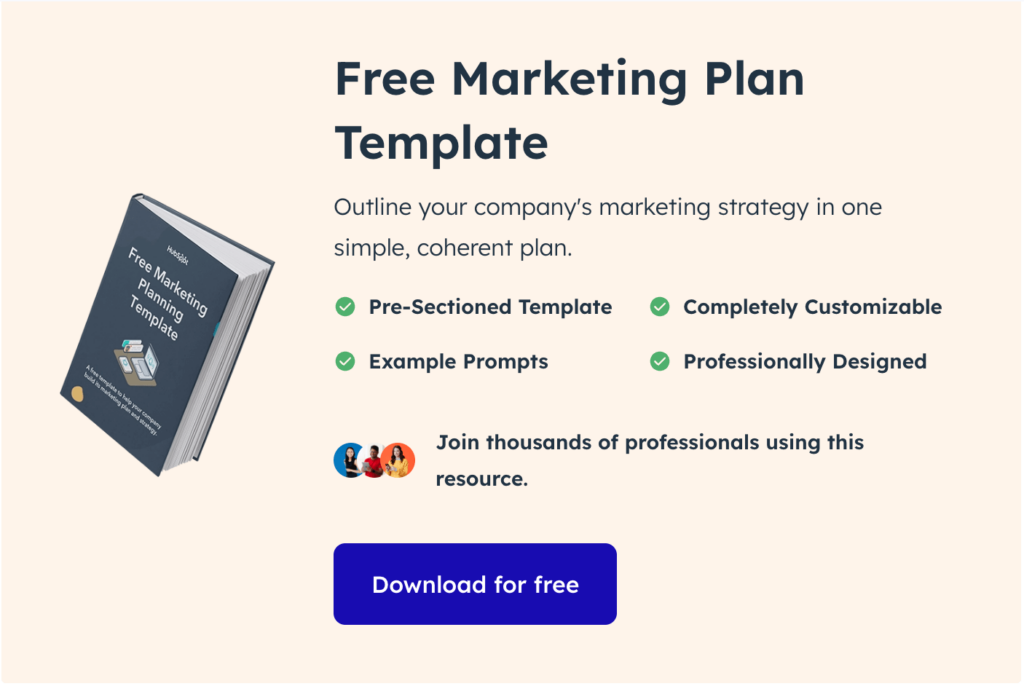
4. Free trial
How it works: The strategy of offering a free trial is fascinating because of its immediate access to the product. The user can get a firsthand experience without any financial commitment.
It reduces users’ risk and proves the company’s transparency and confidence. It’s also a way to showcase their value.
How to create: Creating a free trial lead magnet is easy. Here are a few things that you need to do:
- Identify critical features that you want to offer for free. Highlight the special ones.
- The duration of the trial period is a technical decision. It shouldn’t be short because the user needs to experience your product’s journey. However, it also shouldn’t be long before users finish their job without converting.
- Follow up with resources and also provide support as the premium users.
- Gather their feedback and work on the areas of improvement.
Lead type: In this case, your target users are primarily informed and cost-conscious. Buyers in the consideration stage who want to decide whether they need to spend the money also take the free trial.
Some buyers of the awareness stage also get a push to the next stage by using the product trial.
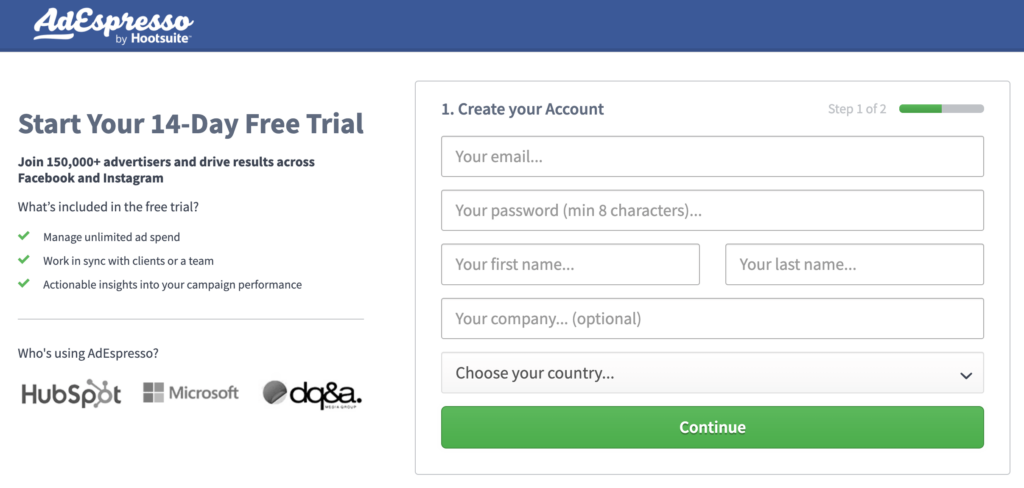
5. Checklists
How it works: Checklists offer clear value. They help the users organize and efficiently finish their tasks.
They are simple and easy to use. The best part of offering checklists as lead magnet is- they require no learning curves.
How to create: To create awesome checklists do the following-
- Identify the type of tasks your potential customers do every day.
- Break it down into actionable steps. Keep it easy.
- Add extra tips and tricks to get the job done.
- Provide resources and information that can help in doing the task efficiently.
Lead type: Checklists are primarily targeted to DIY people, who love to do their tasks themselves. They’re just looking for initial guidance.
Also, people who are exploring and comparing different solutions provided by companies might become your target eventually.
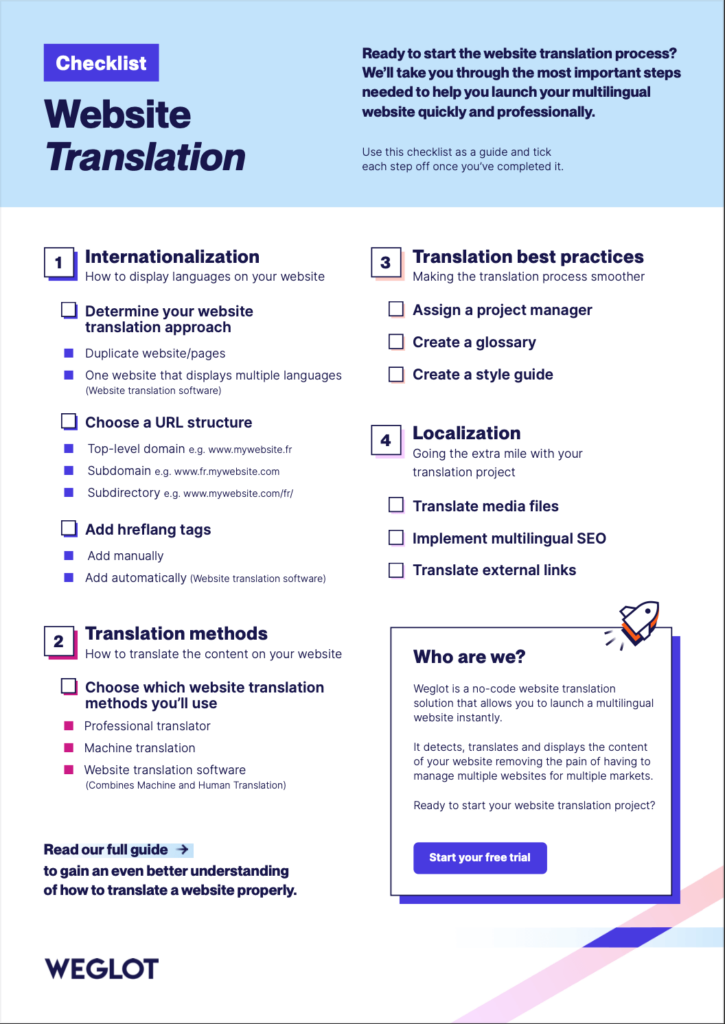
6. PDFs
How it works: Case studies, reports, trend analysis, opinions, guides—all of them can be converted into PDFs and used as lead magnets. They’re attractive because of their comprehensive value.
It’s a goldmine for users who are seeking detailed insights. It also shows the business’s authority over specific topics.
It offers high value and shows your efforts and expertise in the matter.
How to create: To create a PDF as a lead magnet, do the following-
- Find relevant and timely topics and do thorough research.
- Address the users’ specific pain points. Find the data’s scarcity. Search for or offer expert opinions on the matter.
- If you provide case studies or research reports, get a good sample size.
- Make it high quality and make sure it reflects the brand voice.
- Keep the structure so simple and organized that the users don’t have to struggle.
Lead type: Reading through materials might be boring for most of your targets. However, PDFs are mostly targeted to buyers in the awareness stage who want to read and learn.
Students and academics are also prospective targets of this kind of lead magnet. Industry professionals might use this material to enrich their knowledge.
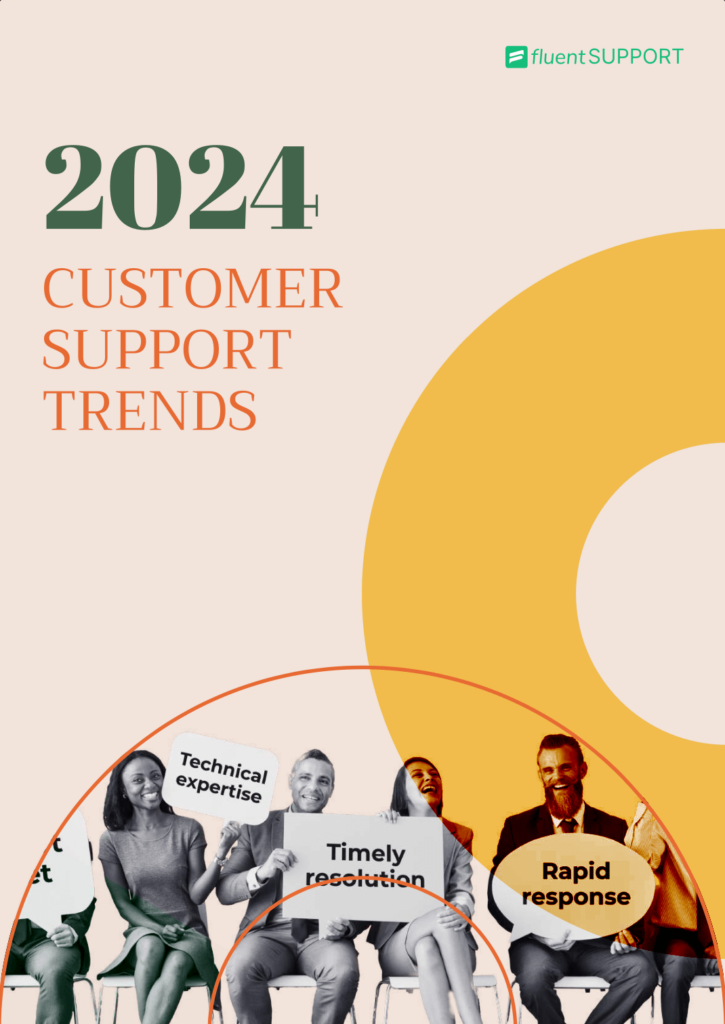
7. Course
How it works: Educated customers are your asset. Offering courses as a lead magnet isn’t a short-term plan. It goes a long way toward keeping your customers glued to your business.
Courses offer significant educational value to the users. Also creates an engagement with the business.
It shows your grip on the topics and how far you can go to teach them. With the guidance, they feel connected, fostering a sense of community and shared learning. It’s an excellent way to build long-term relationships as well.
How to create: To create an outstanding course, do the following-
- Select a course topic that most of your users might be interested in. The topic should also align with their needs and your business offerings.
- Declare the learning objectives.
- Structure the course into small modules. Make it engaging by designing quizzes, slides, and other downloadable materials.
- Choose the most suitable platform for accommodating the number of users.
Lead type: Small business owners, industry newcomers, and awareness stage buyers are attracted to enhance their knowledge and skills.

8. Discount
How it works: The idea of a discount in exchange for emails is excellent. It offers instant benefit and gratification.
Discounts are powerful motivators. By lowering the price barrier, they effectively reduce the hesitation of a potential customer, encouraging them to take action.
Flashy discounts attract first-time buyers smoothly.
How to create: To plan attractive discounts, do the following-
- Define the type- percentage (10%, 15%) or buy one get one type.
- Clarify the terms and conditions beforehand. The discussion regarding the discount availability period, minimum purchase, and any exclusion should also be clear.
- Don’t underestimate the power of a well-designed CTA. A simple ‘Get 20% off now’ can be the catalyst that drives customer action.
Lead type: Discounts attract awareness stage customers to motivate them to explore.
In the consideration stage, buyers compare the market before buying, which might help them make a decision.
A discount may do the job for buyers in the decision-making stage who have decided to buy but need a little push.
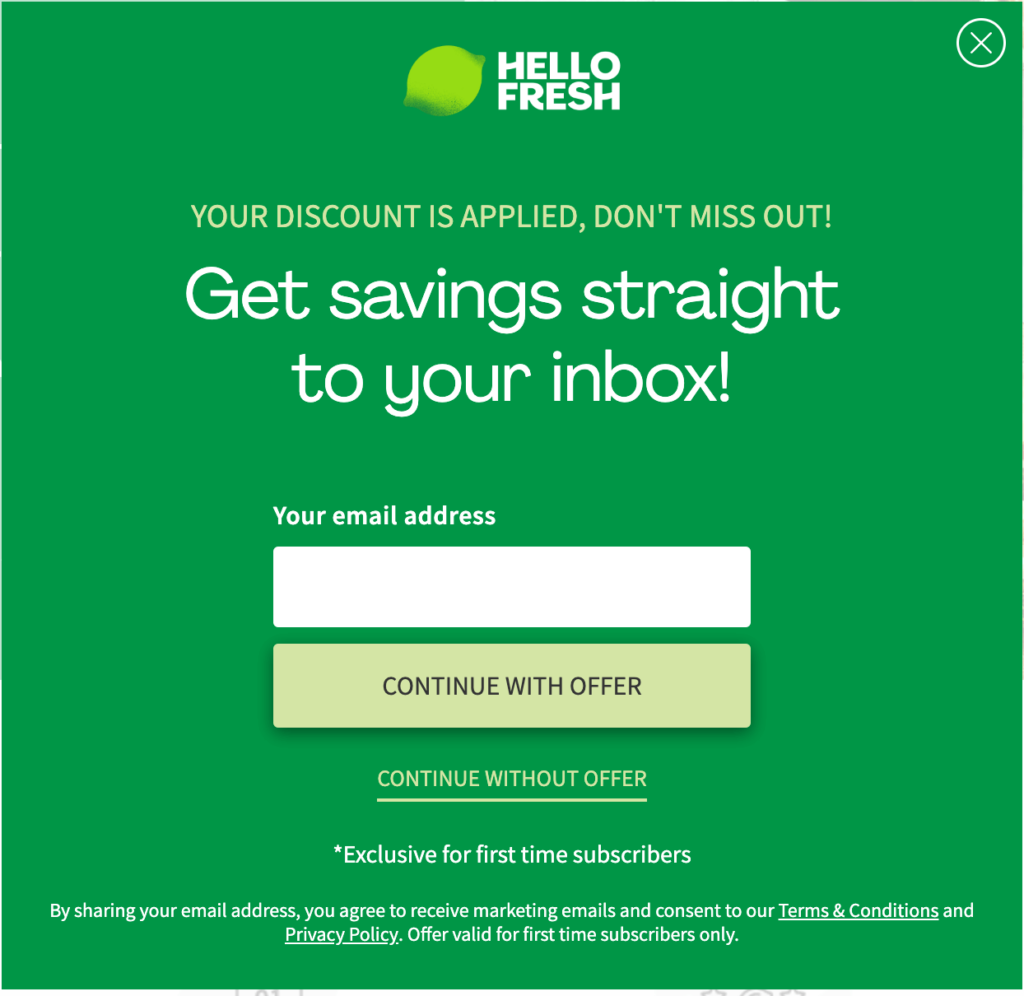
9. Webinar
How it works: Webinars are popular for interactive learning. They might be shorter than courses, but they cover specific areas quickly.
The interactions help the users get their answers directly from the experts. It also ensures their exposure to the brand.
The engagements in a webinar help users recall your brand when they need any solution for your niche.
How to create: Do the following to create an engaging webinar-
- Find timely, relevant topics—just as you would for the courses. But this time, don’t pack everything into the webinar.
- Outline the webinar by researching how users will like it and how long it should be. Boring webinars can’t get you anything.
- Work on the visuals. Prepare slides and PDFs that will be helpful to users in the future.
- Use platforms like Zoom, Google Meet, or anything that can accommodate your intended number of users.
- Promoting the webinar with teasers and publishing reading materials can create hype.
- Run tests before launching the webinar to troubleshoot technical issues. Work on a smooth delivery that ensures meaningful engagement with the audience.
Lead type: Most of the webinar’s audience will likely be at the awareness stage. Other users also gather to build their expertise and interact with you for connection.
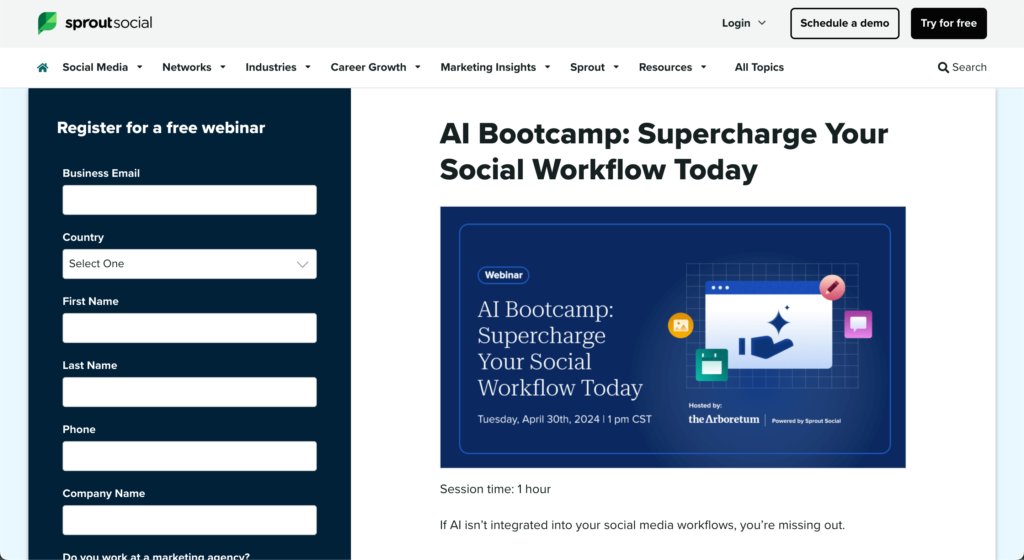
10. E-book
How it works: E-books work quite the same as the way PDFs do. But the key difference is the user experience.
Many users like to read on their mobile and e-books are gems for them. Its accessibility and readability from mobile phones make it popular.
How to create: To create impactful e-books, do the following-
- Work on the topic the book will be, keeping your audience in mind. Don’t make the book feel like a novel though, mind the length.
- Design the book with available ebook designers to make it attractive and suitable.
- Keep a connection between the chapters. Outline the chapters understanding the user’s ability to grasp them.
- Make your content actionable.
Lead type: For those who don’t mind going through longer chapters and in-depth analysis, ebooks are a good choice for them. Buyers of any stage can be attracted via ebooks because of its educational value.
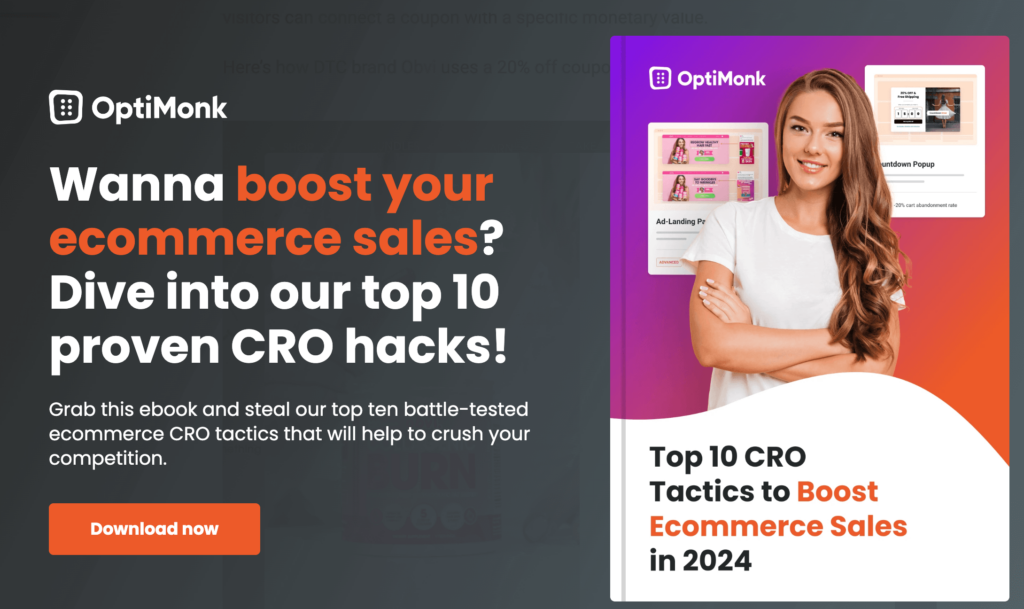
Wrap Up
As you have reached this part of the post, it means that you already have some ideas for killer lead magnets. But let’s face the truth, copying others’ ideas won’t help.
Understand your niche, and your potential customer base; and find what they are searching for, and which type of materials they’re comfortable with.
Don’t forget to do some A/B testing before taking your lead magnets live.
Comment below to tell us how many lead magnets you have used already.
Best of luck for your lead generation!


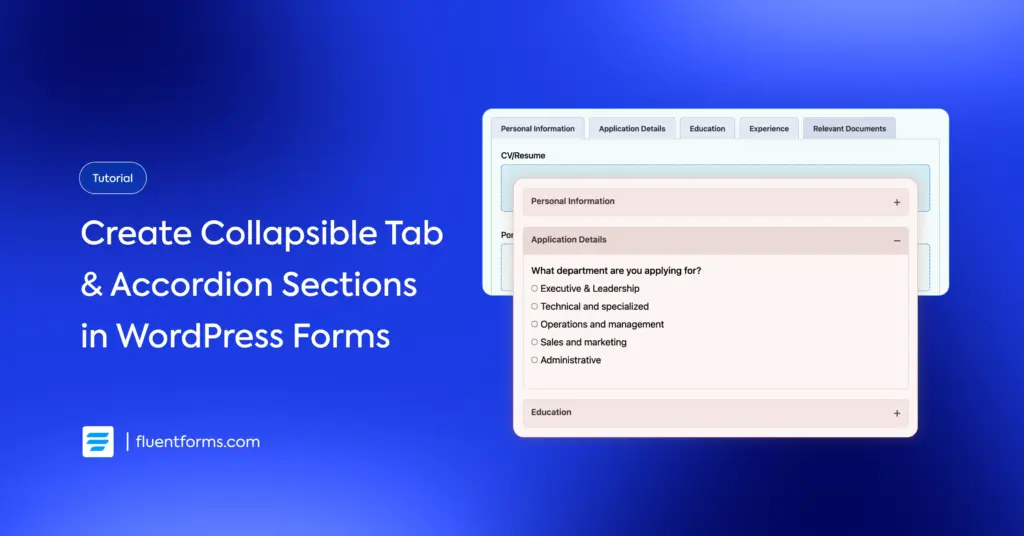




Leave a Reply